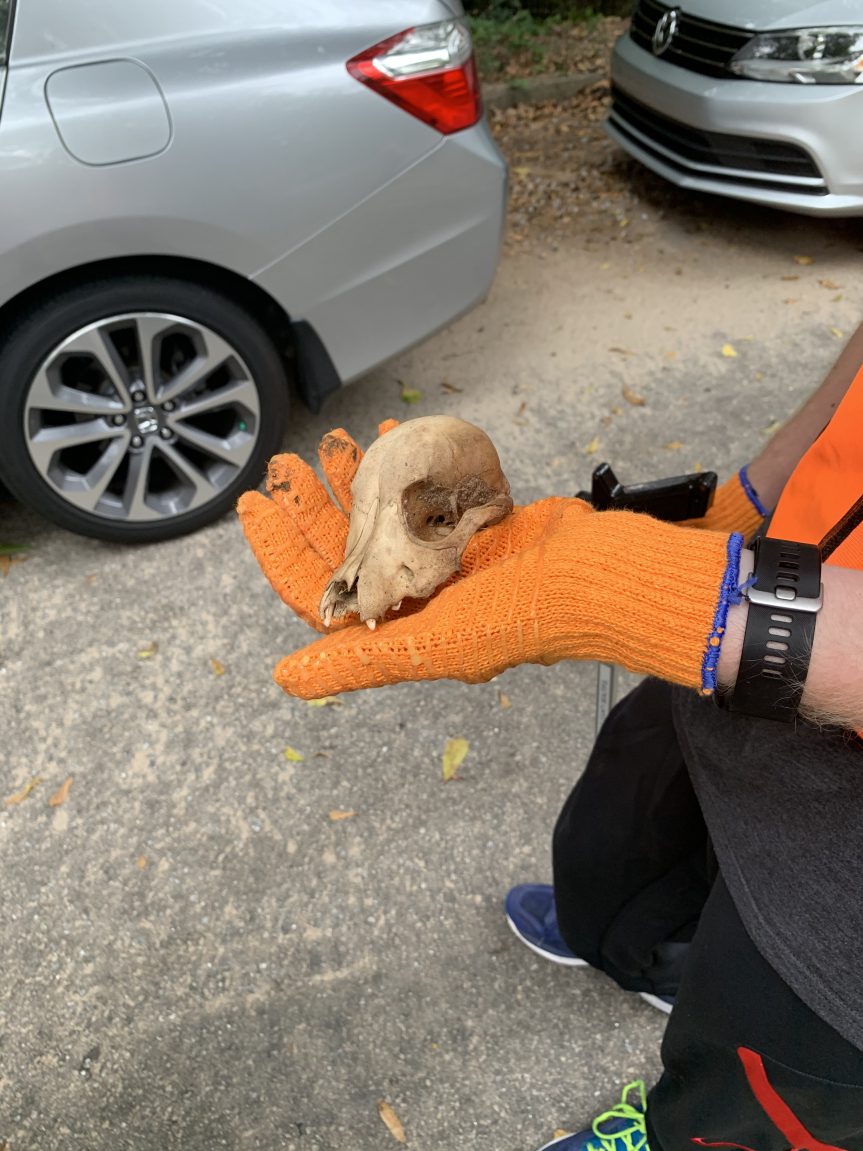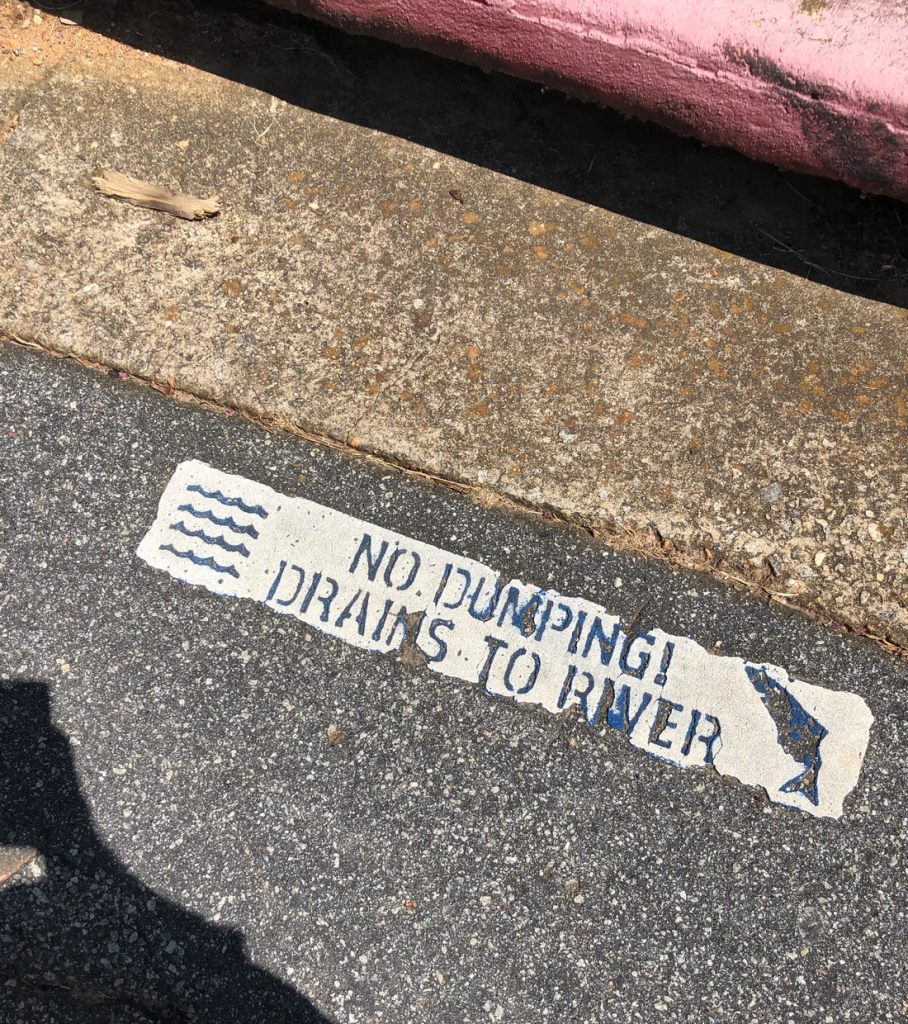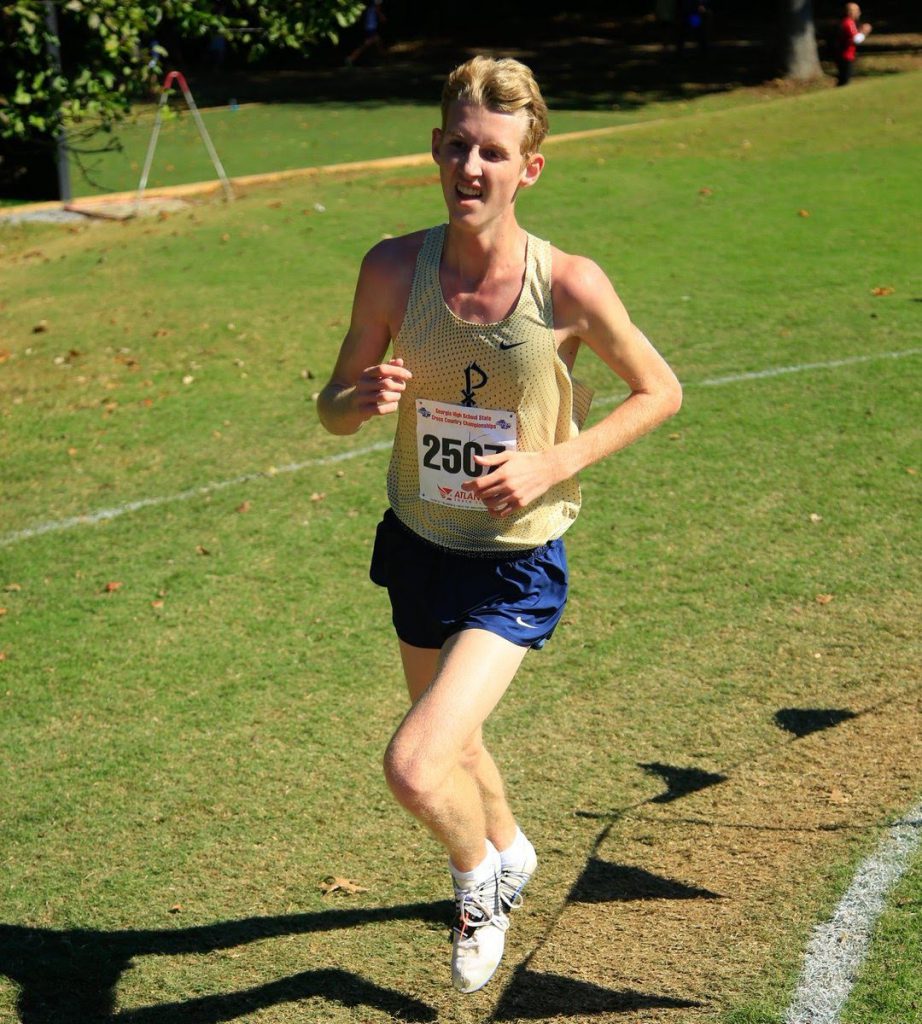Rowan Wiley
What genes help to determine athletic performance?
The ACE and ACTN3 genes help determine what type of fibers an individual’s muscles are made up of, and whether they have more fast-twitch muscle fibers or slow-twitch muscle fibers. (2)
Fast-twitch muscle fibers can generate more power and contract more quickly and forcefully. Slow-twitch muscle fibers use oxygen more efficiently and tire more slowly. As a result, athletes who compete in strength/speed events (short-distance running) usually have more fast-twitch muscle fibers, while athletes who compete in endurance events (distance running) usually have more slow-twitch muscle fibers.
ACE

ACE instructs cells to create angiotensin-converting enzyme, a protein that converts the angiotensin hormone from angiotensin I to angiotensin II. (2)
If an individual has a variant of ACE known as ACE I/D Polymorphism, then that individual may have a higher level of angiotensin-converting enzyme. Individuals can have one of three patterns: the II pattern, the ID pattern, and the DD pattern. Individuals with the DD pattern have the highest frequency of angiotensin-converting enzymes in their muscles. These individuals tend to have more fast-twitch muscle fibers. (2)
ACTN3

ACTN3 instructs cells to create alpha-actinin-3, a protein frequently found in fast-twitch muscle fibers. (2)
If an individual has a variant of ACTN3 known as R577X, then their alpha-actinin-3 is quickly broken down, resulting in less fast-twitch muscle fibers. If an individual is homozygous for that trait (R577XX), then they have no alpha-actinin-3 whatsoever in their muscle fibers. This leads to an individual having far more slow-twitch muscle fibers than fast-twitch muscle fibers. (6)
How Prevalent are These Traits?
Frequency of ACE D allele:
66% of Asians, 59% of Nigerians, 70% of African Americans, 46-58% of Caucasians, 33-35% of Japanese, 29% of Chinese, 15% of Yanomami Indians, and 9% of Samoans have one or more ACE D alleles. (1)
Frequency of R577X allele:
>25% of Asians, <1% of Bantu Africans, ~18% of Europeans have one or more R577X alleles.
Sprint athletes: 6% XX, 50% RR, 45% RX. Control group: 18% XX, 30% RR, 52% RX. Endurance athletes: 24% XX. (9)
Gene Functions
ACE functions mainly in regulating blood pressure. It is most commonly produced by cells in the lungs, blood vessels and kidneys. (7)
It is not yet understood how variations in ACE affect athletic performance. However, there is definitely a link between blood pressure and athletic performance, so it is not surprising that ACE has an impact on athletes.
ACTN3 functions mainly in muscle fibers. It is most found in skeletal muscle. (2)
It makes sense that variations in the length of alpha-actinin-3 proteins affect athletic performance because the shorter proteins are more easily broken down, leading to a lower proportion of fast-twitch muscles.
Why get tested?
A test may be useful in order to determine what sort of muscle fibers make up an individual’s skeletal muscle and therefore what sort of athletic events they have more potential for success in.
What sort of test would be best?
A Single Gene DNA Sequencing Test that looks at either the ACE gene of the ACTN3 gene is the best option. Many tests are available that select a few key genes and examine them.
Potential options:
Atlas Sports Genetics, a company based in Colorado offers a test for $149 to determine the level of alpha-actinin-3 in an individual’s muscles. (4)

American International offers a $200 test that looks for variations in seven genes including ACTN3 that supposedly affect an individuals’ strength and endurance. (8)
How good is the evidence?
There is little evidence linking those with the ACE DD genotype to successful speed/power athletes, and the connection between the two groups is not yet understood completely. (2)
There is strong evidence showing that high-level speed/power athletes are more likely to have the R577RR genotype while high-level endurance athletes are more likely to have the R577XX genotype. However, there are plenty of examples of successful athletes in either group who do not have those genotypes, so many more factors influence strong athletic performance. (9)
Are individuals with the trait at risk?
If an individual has the ACE DD genotype then they are at risk of developing hypertension or left ventricular hypertrophy. (7)
The ACTN3 gene does not have any major risks associated with it.
Thoughts before being tested
One should consider the multitude of factors that influence someone’s athletic potential. There are so many things that affect how one performs on a physical level, much less an emotional level. As a result, one should be aware that even if the test recommends an individual for endurance sports, it doesn’t mean that that individual with necessarily be able to succeed in those events. (3)
Reasons not to get tested
Someone should not take the test if they are planning on making decisions about whether or not to compete in a certain sport, because the test in no way indicates whether or not someone will be successful, it just points out whether one has the potential to succeed.
Ethics
Taking a test to determine what variations one has of the ACE and ACTN3 genes may emotionally impact an individual if it leads that individual to believe that they either stand no chance at succeeding in a sport or stand no chance at failing in a sport. This may lead to emotional trauma. It also may lead to parents treating their children differently as a result of a child’s genotype.
Privacy concerns?
The consumer doesn’t really have to worry about companies selling their information because it doesn’t benefit the company or harm the consumer in any way. However, they may want to consider coaches treating athletes differently due to the outcome of the test, whether that is giving them more or less playing time/attention, or even a scholarship. In addition, parents may also treat their children differently or force them to play different sports. (5)
Potential downsides
Individuals may become either apathetic or overconfident as a result of test results, and may even give up on an activity due to their genetic variations.
How do people respond to the test?
There are not any studies done on how people respond to the knowledge because it isn’t generally in the interest of the companies to see how parents react to the results.
Pre-Test Considerations
Runs in the family?
The vast majority of the tests that are currently offered look at the level of alpha-actinin-3 in an individual rather than the individual’s genotype, and variation in the ACTN3 gene only accounts for a small percentage of variation in muscle composition, so one family member’s will not necessarily predict the results of another family member’s test. (3)
How to respond to the test
An individual shouldn’t decide what sports they or their children play based on the results of the test, but it may be worth trying new things that the test claims one might be good at.
Tell a doctor?
There is no reason to tell your doctor about your results if you take a test based on the ACTN3 gene because variations in the gene don’t lead to any risks. However, one should tell a doctor if a test reveals that you are ACE DD because of the heightened risks of hypertension and left ventricular hypertrophy.
Further actions
No screenings are necessary because the test does not reveal any health conditions and should not lead one to drastically alter their lifestyle unless one has the ACE DD variation in which case one should have their blood pressure monitored.
Sources
- Al-Hinai et al. “Genotypes and Allele Frequency of Angiotensin-Converting Enzyme (ACE) Insertion/Deletion Polymorphism among Omanis.” U.S. National Library of Medicine – National Center for Biotechnology Information, Apr. 2002, https://www.ncbi.nlm.nih.gov/pmc/articles/PMC3174717/
- “Is Athletic Performance Determined by Genetics?” U.S. National Library of Medicine – Genetics Home Reference, https://ghr.nlm.nih.gov/primer/traits/athleticperformance
- MacArthur, Daniel. “The ACTN3 Sports Gene Test: What Can It Really Tell You?” Wired, 30 Nov. 2008, https://www.wired.com/2008/11/the-actn3-sports-gene-test-what-can-it-really-tell-you/
- Macur, Juliet. “Born to Run? Little Ones Get Test for Sports Gene.” The New York Times, 29 Nov. 2008, https://www.nytimes.com/2008/11/30/sports/30genetics.html
- Mannino, Barbara. “Testing Kids for a Sports Gene: Would You Do It?” FOX Business, 29 Jun. 2011, https://www.foxbusiness.com/features/testing-kids-for-a-sports-gene-would-you-do-it
- Pickering, Craig, and Kiely, John. “ACTN3: More Than Just a Gene for Speed.” U.S. National Library of Medicine – National Center for Biotechnology Information, 18 Dec. 2017, https://www.ncbi.nlm.nih.gov/pmc/articles/PMC5741991/
- Rana et “al. “Association of DD Genotype of Angiotensin-Converting Enzyme Gene (I/D) Polymorphism with Hypertension among a North Indian Population.” U.S. National Library of Medicine – National Center for Biotechnology Information, 2 Aug. 2017, https://www.ncbi.nlm.nih.gov/pmc/articles/PMC5752652/
- Stein, Rob. “Genetic Testing for Sports Genes Courts Controversy.” The Washington Post, 18 May. 2011, https://www.washingtonpost.com/national/genetic-testing-for-sports-genes-courts-controversy/2011/05/09/AFkTuV6G_story.html
- Yang et al. “ACTN3 Genotype is Associated with Human Elite Athletic Performance.” U.S. National Library of Medicine – National Center for Biotechnology Information, 3 Jul. 2003, https://www.ncbi.nlm.nih.gov/pmc/articles/PMC1180686/
Images
https://media.gq.com/photos/56420ddb6ff00fb522b06ccb/3:2/w_4047,h_2698,c_limit/usain-bolt.jpg
https://ghr.nlm.nih.gov/gene/ACE
https://ghr.nlm.nih.gov/gene/ACTN3#
https://www.amazon.co.uk/Atlas-Biomed-DNA-Test-Nutrition/dp/B0797SSPKS



